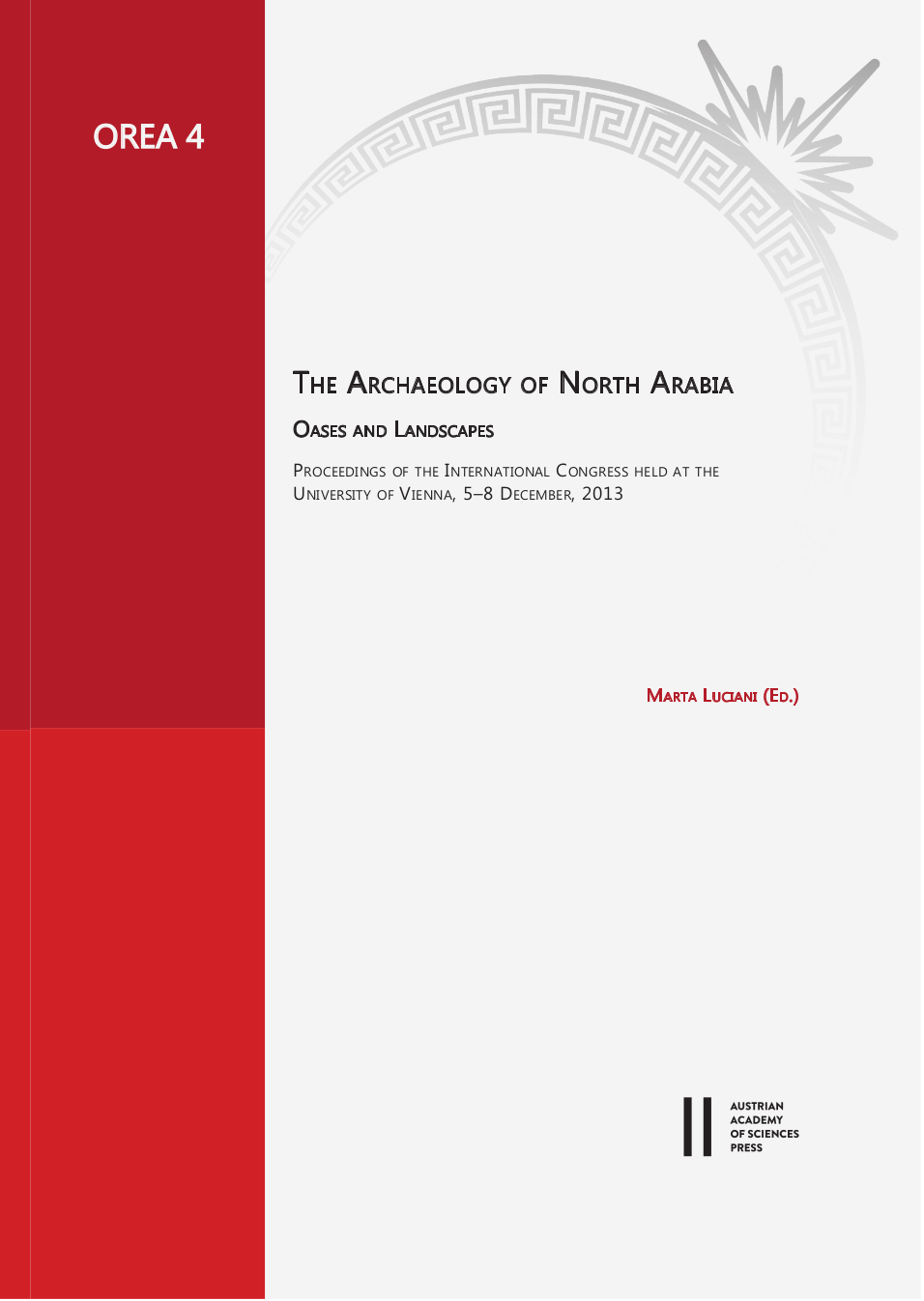
The Archaeology of North Arabia, Oases and Landscapes, pp. 257-280, 2016/11/30
Proceedings of the International Congress held at the
University of Vienna, 5-8 December, 2013
This paper confronts the proto-historical and historical settlement pattern in the oasis of al-Kharj (Central Arabia) with the environmental context by taking into account the results of the recent fieldwork. By superimposing an archaeological map of the oasis on the geomorphological map, different settlement strategies appear at different periods of time. During the Bronze and Iron Ages, the location of the sites – mostly necropolises – is dictated by the geological, topographic and hydrological contexts. Systematically close to a source of water, the necropolises are nevertheless located far enough from the threat of floodwaters, in a dominant position. As striking features in the landscape, they played a role in the appropriation of land by people of the Bronze Age. The settlement pattern drastically changes at the turn of the Christian era. Then, the location of sites – mostly settlements – is dictated by the close proximity of arable lands. At a certain stage of their development that we are inclined to date to the very Late Pre-Islamic and Early Islamic periods local populations started to take benefit of all the water sources available in the oasis for agricultural purposes, including those outside the alluvial plain, by digging monumental hydraulic structures.
Keywords: Arabia, Najd, Bronze and Iron Ages, Late Pre-Islamic and Early Islamic periods, settlement pattern, landuse, qanāt